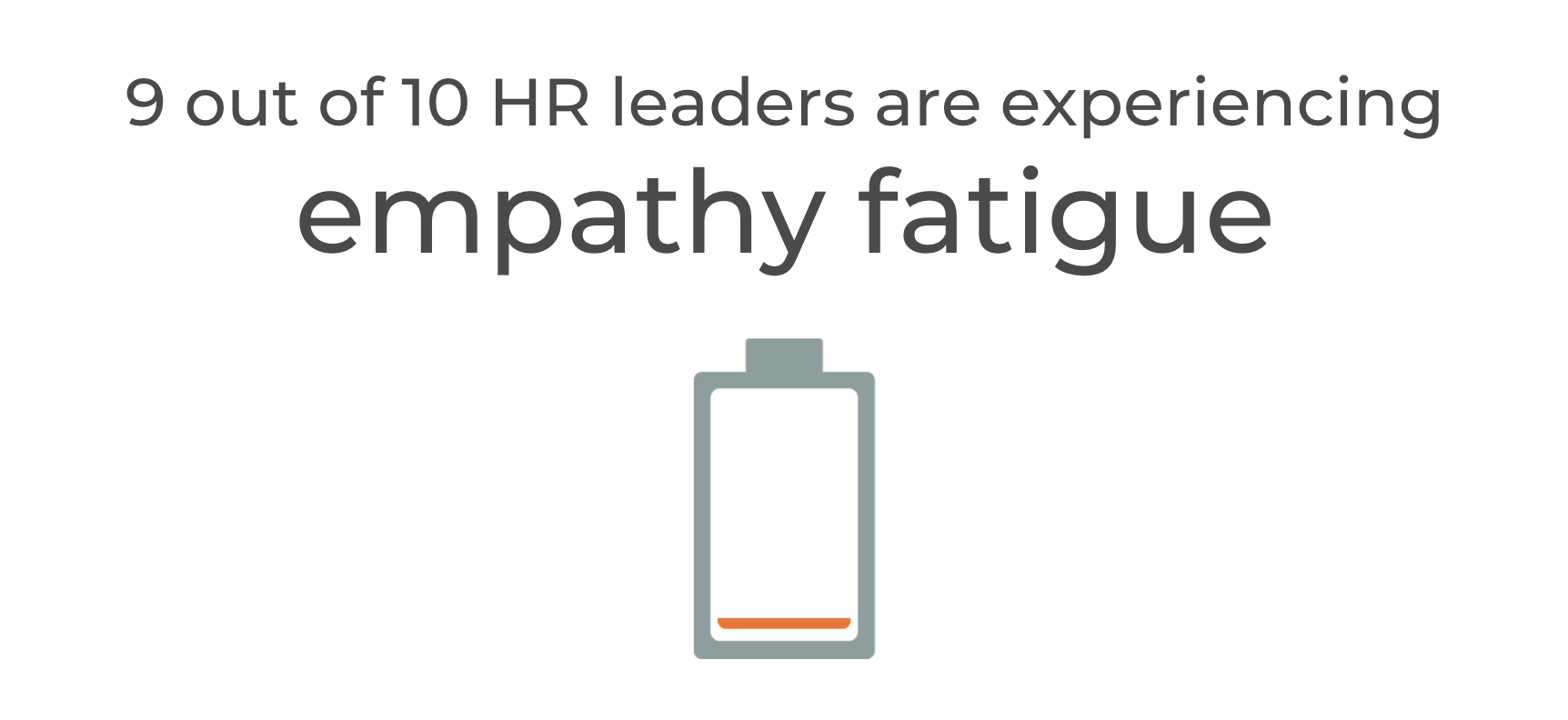5 Things You Didn't Know About Building An Employee Engagement Program

Building a successful employee engagement program is essential for any company looking to improve productivity and create a positive work environment.
However, designing and implementing such a program is not the same for every organization.
This is what makes building an effective engagement program hard.
There's no formula. Especially if you're not sure where to start.
In this post, I'll discuss five key discoveries leaders and HR pros who go on to build really successful engagement programs commonly come to.
You'll have to make your own decisions if/when these come up for you.
But here's what I commonly see — and what I see work extremely well in the long run. Keep reading to learn more.
It's SUPPOSED to be difficult to get buy-in from management and employees
This is one of the most common discoveries amongst leaders and HR professionals.
The bad news is it's often harder than you expect. But the overwhelmingly good news is this means getting buy-in really matters. By getting an effective engagement program through, you will touch the lives of everyone at your organization.
You can't do it on your own. Nor should it be a one-person show.
You need to sell your managers, team members, even their managers on why they should care about an engagement program . Then you'll need to work alongside them in order to make sure you're communicating effectively through an ongoing program that meets expectations for everyone involved.
You may be feeling overwhelmed right now — but every good thing usually requires some hard work upfront. This isn't something you can ignore if you want a successful program .
Shortcuts don't work.
Encourage dialogue between management and staff with technology that provides safe communication channels
This is another common discovery. Most leaders and HR pros know on some level that everything boils down to people.
And so therefore the more transparent, meaningful conversations you can have, the better.
The best way to achieve this is using technology.
I guarantee you will not overdo it. But it's easy to chronically under-do it.
Give employees a voice at work
A lot of leaders get hung up over how much attention to give to employee input.
The important thing here is to find out what giving employees a voice at work means for your organization.
Then commit to it.
Employees need a way to share their thoughts and feelings about their work, and they also need to feel like they can make a difference in the workplace.
If you can create an environment where employees feel safe and valued, you'll be well on your way to building a successful engagement program.
Yes, you will run into your share of complaints and suggestions of what leadership can do better.
That's SUPPOSED to happen.
And you need to be ready to embrace that feedback.
But don't do this until you...
Make employees a part of the solution
By far the best way to solve problems as a group of people is to make everyone part of the solution.
If you paid attention to the last point, you've set up easy ways for employees to express their thoughts and feelings about the work they are doing.
The next critical step is training and encouraging your managers to talk with individual team members so they can address problems early on before they become serious issues.
Again don't limit yourself by thinking you or leadership have to solve everything on your own.
Instead, recruit different perspectives and people. Allow their unique talents to contribute toward success.
Doing this will create an environment where dialogue can happen more easily. And when both management and employees feel like they're part of the solution, that's when real engagement begins.
But reserve the right as leaders to make the final call.
Employees need to trust that their leaders will make the best decisions for the company, even if it's not what they want or agree with.
The key is to keep the lines of communication open, be transparent about your decision-making process, and involve employees in the process whenever possible.
That way everyone knows their voice is heard and considered, but also understands that there are times when a leader needs to make a tough decision.
This is how you create an engaged workplace where people feel heard and valued.
It's not easy, but it's worth it.
Conclusion
Successful engagement programs are not easy to build.
Leaders and HR professionals face many challenges in the process of building an engaging workplace culture, but there are some commonalities that they come back to time and again.
These five discoveries can help you get buy-in from management and employees for your next engagement initiative or make your current program more successful.
If you’re interested in learning more about how TINYpulse can provide a safe communication channel between managers and their teams, request a free 30min demo now.
Share this
You May Also Like
These Related Stories

Who Owns Employee Engagement: Managers or HR?

7 Reasons You Should Be Using Employee Engagement Software


.png?width=534&height=632&name=blog%20ad%20(1).png)
